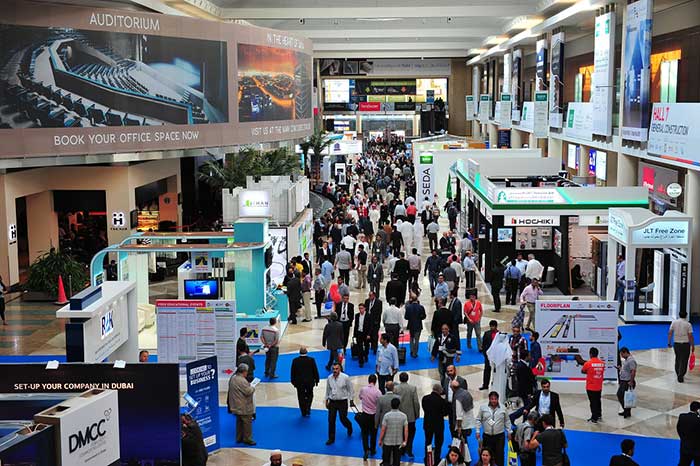New report says GCC's green construction programme is a great business opportunity
 Other News
Other News Subscribe to newsletter
Subscribe to newsletter
| 28 Oct 2014 |
Demand may outstrip the supply of vital sustainable materials to meet green building regulations in the GCC, according to a new report.
There are enormous opportunities in the region for suppliers of energy saving and green products, including lighting, kitchen and bathroom fittings and natural stone fittings, says the report by Ventures Middle East commissioned by The Big 5 construction exhibition in Dubai.
“Green buildings witnessed a slow take off in the GCC,” it says but governments have acted swiftly in the past three years to embrace sustainability through education and legislation. Developers have also recognised that buildings have to demonstrate sustainability to be marketable.

The “GCC Focus on Sustainability in Construction” report says: “The rise in green buildings has resulted in an increased demand for green building materials. It has also resulted in the creation of new and unconventional building materials, which are in line with new building specifications.”
The report was prepared in the run up to the two-day Sustainable Design & Construction Conference in Dubai, which takes place during The Big 5 exhibition at the World Trade Centre in Dubai.
Green ratings systems have been introduced in all GCC countries: LEED, from the USA, and the UK’s BREEAM are used by many developers and each country is adopting its own standards.
There were 1,236 LEED-rated projects in the GCC in 2013 and the UAE accounts to 67% of them. Qatar has 190 projects (16 %), Saudi Arabia has 158 projects (13%), and Bahrain, Kuwait and Oman have 51 LEED-rated projects between them accounting for around 4%.
“The UAE is considered a leader in green building practices,” says the report. In addition to being one of the LEED pioneers, Abu Dhabi has introduced its own system Estidama, a green building integrated program, which assesses sustainability across the life of the building. “In some requirements, Estidama is more stringent than LEED and other standards,” says the report.
While the new report establishes that most developers now recognise the commercial benefits of a sustainable building, it also points out that some contractors are “reluctant to procure technologies which are perceived to be more expensive and are unsure of any tangible benefit”.
Dubai Municipality’s Green Building Codes apply to all new construction in the emirate and they aim for one third of the buildings in the city to be green within 10 years. On the first day of The Big 5, Kamal Azayem, Mechanical Engineering Expert, Dubai Municipality will give an insight into the code and highlight updates since its implementation last year.
He said: “I will be giving an overview of the Dubai's initiatives toward sustainability and outlining the requirements for permitting, assessment and certification of Green Buildings.”
At the Sustainable Design & Construction Conference, Yann Pennes, Projects Director, Dewan Architects & Engineers, will talk about applying Dubai's Green Building Regulations to mixed-use, commercial and hospitality projects, including choosing the right materials and technology to reduce water and energy consumption.
The Sustainable Design & Construction Conference takes place on 18 – 19 November as part of The Big 5 from 17 – 20 November.




